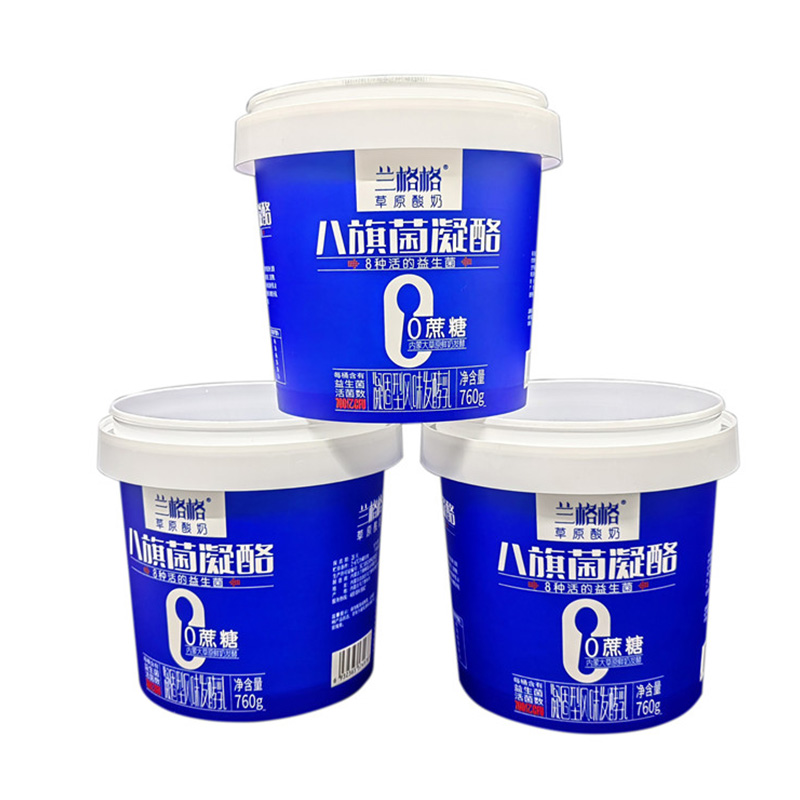What are the advantages of the IML process?
In the wave of modern manufacturing industry pursuing refinement and high quality, IML (In-Mold Labeling) technology has become a "star technology" in the fields of consumer electronics, automotive interiors, home appliances, etc. with its unique technical advantages. This technology that integrates decoration and molding has not only revolutionized the way the product appearance is presented but also achieved multiple breakthroughs in functionality and production efficiency.

Excellent appearance quality and long-lasting durability
The IML process embeds the printed film into the mold, and perfectly integrates the film and plastic during the injection molding process to form a product appearance with a smooth surface and rich colors. Compared with traditional silk screen printing, water transfer printing and other processes, the IML process can achieve high-precision pattern printing, whether it is delicate texture or gradient color effect, it can be accurately restored, greatly improving the visual texture of the product. At the same time, because the film is wrapped inside the plastic, it effectively avoids problems such as surface scratches and fading. Even after long-term use or friction, the product appearance can still remain as new. For example, after the back cover of the mobile phone adopts the IML process, it not only has a gorgeous 3D light and shadow effect, but also can resist daily wear and tear, extending the product's beauty cycle.
Efficient production brought by integrated molding
The IML process integrates the three steps of printing, molding and decoration into one injection molding, reducing the intermediate links and significantly shortening the production cycle. Traditional decoration processes often require injection molding first and then surface treatment. The process is cumbersome and prone to defective products. The IML process accurately controls the positioning and injection molding parameters of the film through automated equipment, reduces the error of manual operation, improves the production yield, and can reduce the overall production cost by 20% - 30%. In addition, the process can also reduce material waste, conform to the concept of green production, and provide strong support for enterprises to achieve cost reduction and efficiency improvement.
Multifunctional integration expands product applications
The IML process not only has decorative functions but also integrates a variety of functional designs. Embedding conductive lines in the film can make the product surface have touch sensing functions, such as the control panel of smart home appliances; adding special coatings can achieve waterproof, anti-fingerprint, antibacterial and other characteristics to meet the needs of special fields such as medical equipment and sanitary products. This multifunctional integration feature gives the IML process an advantage in product differentiation competition and helps companies develop more market-competitive innovative products.
Flexible customization to meet personalized needs
The IML process can quickly replace film patterns and molds according to customer needs, realizing small-batch, multi-variety customized production. From personalized back covers of consumer electronics products to exclusive logos of car interiors, the IML process can easily achieve diversified designs to meet the personalized pursuit of product appearance by different customer groups. This high degree of flexibility enables companies to respond quickly to market changes, launch products that fit consumer preferences, and enhance brand image and market share.
As the manufacturing industry continues to increase its requirements for product quality and innovation, the IML process has become an important force in promoting industrial upgrading with its advantages of excellent appearance performance, efficient production, multi-functional integration and flexible customization. In the future, with the continuous advancement of technology, the IML process is expected to play a greater role in more fields and bring more possibilities to product design and manufacturing.
 English
English Español
Español  русский
русский  Français
Français  日本語
日本語  Deutsch
Deutsch  tiếng Việt
tiếng Việt  Italiano
Italiano  Nederlands
Nederlands  简体中文
简体中文  ภาษาไทย
ภาษาไทย  Polski
Polski  한국어
한국어  Svenska
Svenska  magyar
magyar  Malay
Malay  Pilipino
Pilipino  Türkçe
Türkçe  العربية
العربية  Indonesia
Indonesia 



